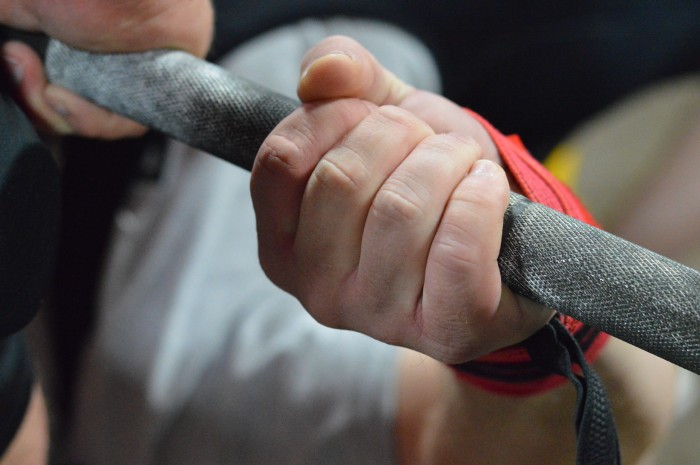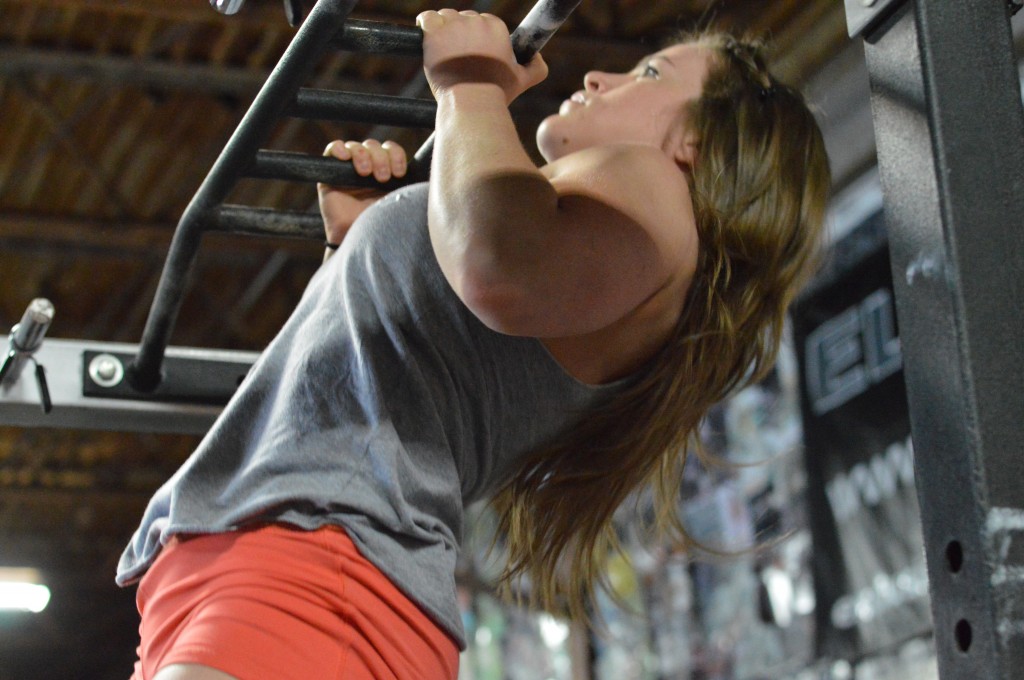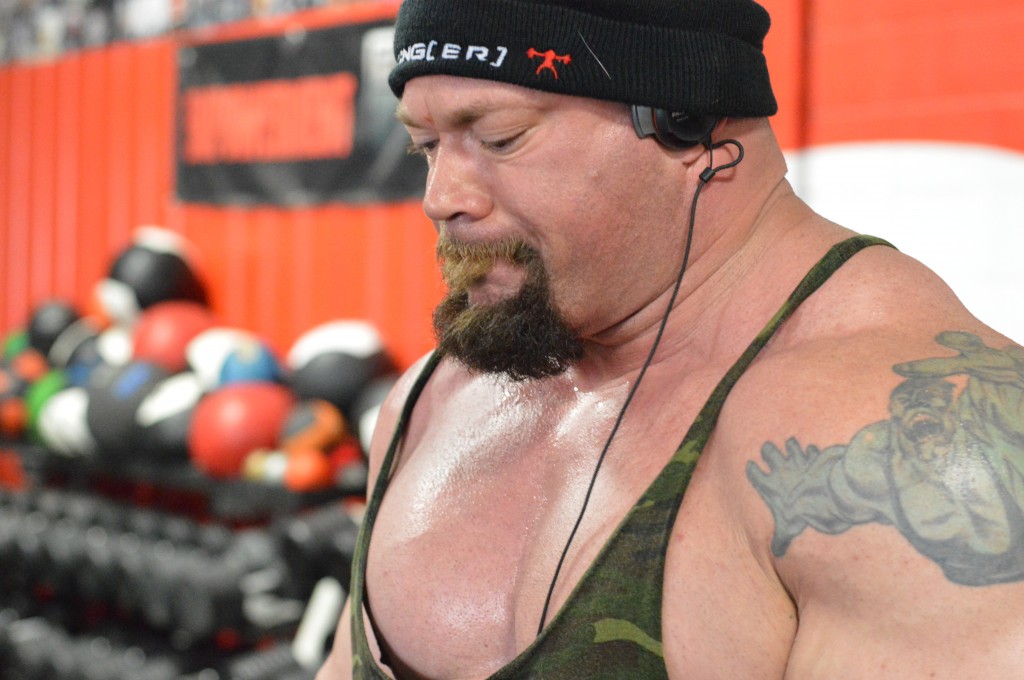
Training Philosophy
Every athlete, coach and trainer should have his own philosophy of training based on where he’s going. Do you want to get stronger? Do you want to add more mass? Do you want to get ripped? Do you want to use training to better your sport of choice? Do you feel being stronger is the key to success? Do you feel being better conditioned is the key? Do you feel you need all these variables? In other words, what do you really want to achieve from your training?
Once you know this, the next step is to select what “key indicators” you’ll use to gauge your process. For a powerlifter, some of these may include: the bench press, the squat, the deadlift, weight used for dynamic training, specific max effort movements, weights used for triples, etc.
To further illustrate, I can gauge my squat on my best three-rep max on the good morning, and I can base my bench press on a specific percentage of my best two-board press or floor press. I know others who can predict their best bench or squat on their best triple while training for a meet. These items are very specific to each individual but are indicators used to determine if you’re moving closer to, or further away from your goal.
If adding mass is your goal, then your indicators would be lean body mass, circumference measurements and body weight. When you have your indicators set, then you make sure to track them as your training progresses. If your indicators are going in the right direction, then you stay with what you’re doing.
If one indicator falls off or quits progressing, then you address it in your training to get it back on track. The larger and more specific your list of indicators, the better your progress will be.

Let the Program Be Your Guide, but Be Prepared For Detours
While programming does not play as high of a role as many people claim, you still need to have a solid program designed to help you achieve your training goals. The difference between a general program based on what an author perceives to be effective, is a far cry compared to a program designed around your own strengths and weaknesses. Time and experience will give you the best training. Learn how to do this for yourself.
For beginners, I’d suggest jumping on some of the pre-designed programs to help get your feet wet. While they are still not as effective as a personally designed program, they are much better than what you’ll come up with on your own. That’s why they were written in the first place: not to be the Holy Grail of programming, but to serve as a launching pad.
For the intermediate and advanced lifters, you need to think about your program as you’re a car driving on a highway. You need to get on the right one that will get you where you want to go. If you need to go north, then it’s not a good idea to get on a highway going south - regardless of what anybody tells you. The difference between getting there, or breaking down in the middle of nowhere, is knowing how to read the signs. In any long trip, there’ll be slowdowns, stops, construction and detours. As travelers we expect this, and while we still get frustrated, we know they’ll be there.
Similarly, as a lifter you have to expect detours. They are part of the game. There will be things that will screw up your training. No training phase ever goes as planned. You have to be ready, expect detours and find ways to keep moving forward. To think everything will go smooth is a false reality. Actually, if you find you’re ahead of schedule and things are very smooth, be on the lookout. The old saying, “If it ain’t broke, break it!” applies here.

Busting Ass!
You’ve just read about the dynamic and max effort methods and are excited to get rolling. Problem is you just began training six months ago and look like a beanpole. Still, you feel this is the best way to train for strength and have heard many other people say the same. Well, you’ve done the research and have read all the articles, but you’ve still missed the boat.
Yes, you can use these methods, but only when they’re implemented into a program based around your weaknesses. Now follow me here for a minute. What really is your weakness? Is it your hamstrings? Triceps? Or could it be that your entire body needs to be built up?
A beginner doesn’t need to start with advanced training principles. He needs to first build a solid foundation with basic movements.

It’s not easy – Get over it!
Are you worried you’re not progressing fast enough? Well, you know, I’ve never been ap- proached by a person who was worried he was gaining too fast. Look, there are those who can gain strength just by looking at weights. I’ve seen the type and n othing pisses me off more. These guys show up to train once a week and grow like weeds. You know what? It’s not me and I’ll bet 1000 to 1 that it’s not you either!
Take what you get and keep working. It’s the one who trains the smartest who’ll last the longest, and in time, your day will come. The road is never easy and it may take a few years to put ten pounds on your bench if you’ve been training for a while. I’ve walked this road.
If it were easy, everyone would be doing it. This isn’t an easy game for anyone, even the guys who progress quickly. This is because it all slows down in time. It just happens to be different times for all of us. If you can’t handle it, then try the Stairmaster and stay the hell out of the weightroom! The rest of us have work to do and don’t need your negative ass in the way.








